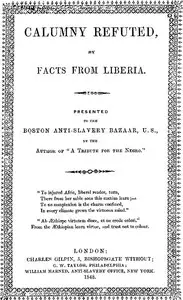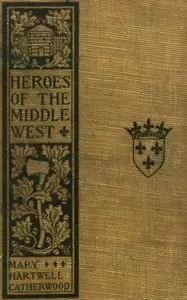"The Naturalist in La Plata" by W. H. Hudson is a chronicle of the natural world, capturing the essence of the La Plata region through the eyes of a dedicated field naturalist. It documents the rich tapestry of plant and animal life in the Southern Pampas, while casting a reflective eye on the ecological shifts spurred by European colonization. Hudson masterfully paints a picture of a land undergoing transformation, balancing detailed observations of native species with personal anecdotes describing the evolving landscape. The narrative unfolds with striking imagery and a tone of gentle lament, as Hudson shares his firsthand experiences and illustrates the profound beauty of a region wrestling with the encroachment of civilization and the fading echoes of its original wild inhabitants.
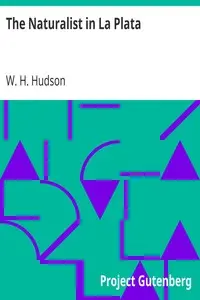
The Naturalist in La Plata
By W. H. (William Henry) Hudson
Witness the enthralling beauty and lament the heartbreaking loss of a wild, South American landscape as it bows to the transformative touch of civilization.
Summary
About the AuthorWilliam Henry Hudson, known in Argentina as Guillermo Enrique Hudson, was an Anglo-Argentine author, naturalist and ornithologist. Born in the Argentinian pampas where he roamed free in his youth, he observed bird life and collected specimens for the Smithsonian Institution. The Patagonian birds Knipolegus hudsoni and Asthenes hudsoni are named after him. He would later write about life in Patagonia that drew special admiration for his style. His most popular work Green Mansions (1904), a romance set in the Venezuelan forest inspired a Hollywood movie and several other works.
William Henry Hudson, known in Argentina as Guillermo Enrique Hudson, was an Anglo-Argentine author, naturalist and ornithologist. Born in the Argentinian pampas where he roamed free in his youth, he observed bird life and collected specimens for the Smithsonian Institution. The Patagonian birds Knipolegus hudsoni and Asthenes hudsoni are named after him. He would later write about life in Patagonia that drew special admiration for his style. His most popular work Green Mansions (1904), a romance set in the Venezuelan forest inspired a Hollywood movie and several other works.

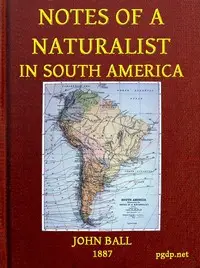
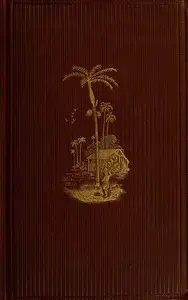
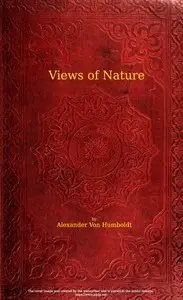

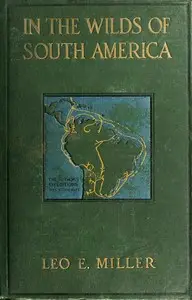


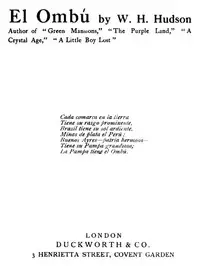
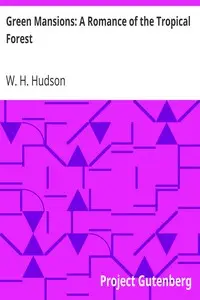
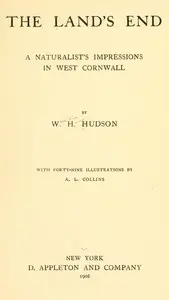
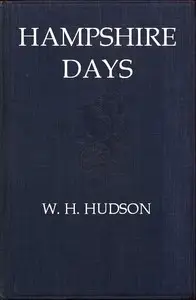
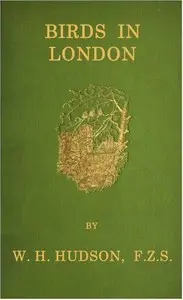

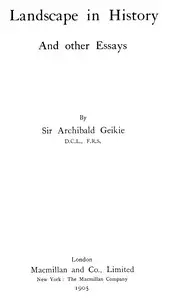

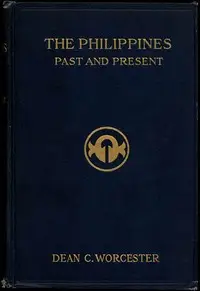
![Presentation Pieces in the Museum of History and Technology
Contributions from the Museum of History and Technology, Paper No. 47 [Smithsonian Institution] by Margaret Brown Klapthor](https://cdn.a2-host.cloud/od56Wdt-zWosFUxGTt62l49DRk9SIk9s-RdeUwU8DBg/rs:fill:215:325:0/g:ce/aHR0cHM6Ly9zcC1hc3NldHMuczMudXMtd2VzdC0wMDQuYmFja2JsYXplYjIuY29tL2Jvb2svMjkyMzQvUHJlc2VudGF0aW9uX1BpZWNlc19pbl90aGVfTXVzZXVtX29mX0hpc3RvcnlfYW5kX1RlY2hub2xvZ3lfQ29udHJpYnV0aW9uc19mcm9tX3RoZV9NdXNldW1fb2ZfSGlzdG9yeV9hbmRfVGVjaG5vbG9neV9QYXBlcl9Ob180N19TbWl0aHNvbmlhbl9JbnN0aXR1dGlvbl9jb3Zlci5qcGc.webp)
